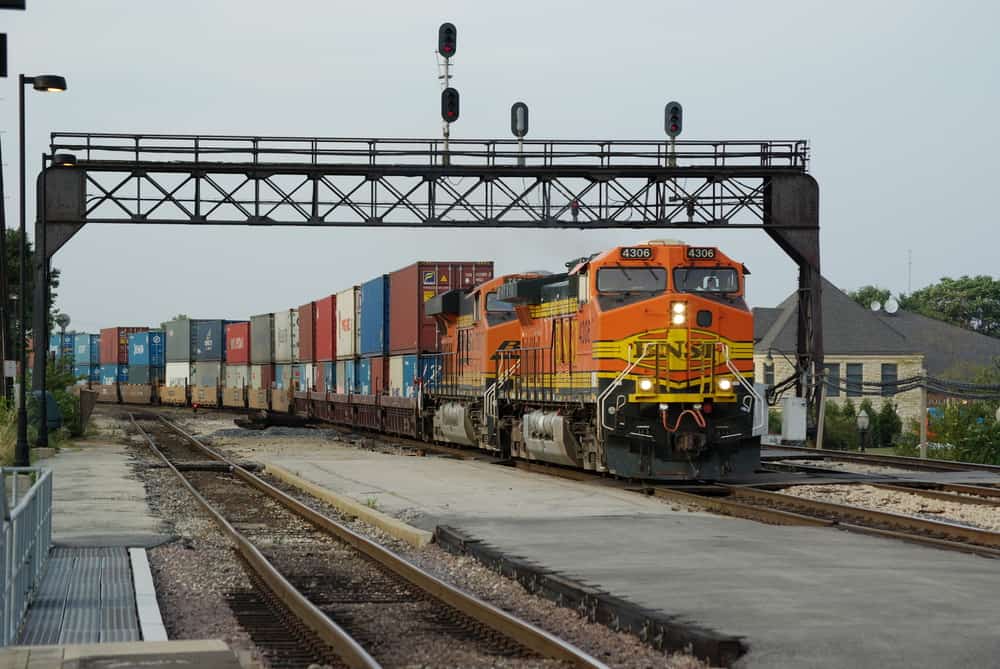Today, intermodal is the most extensive single source of U.S. freight rail revenue.
Intermodal offers a competitively priced, environmentally favorable alternative to excessive dependence on highways to transport freight. It has developed in substantial part because railroads have spent billions of dollars on new intermodal terminals, tracking upgrades, and other infrastructure projects that have shaped rail intermodal and made it more reliable and cost-effective.
Recent freight industry trends, such as long-haul trucking capacity deficiencies, higher fuel prices, and an urge to reduce environmental impact have sparked new interest in intermodal, especially joining truck and rail as an alternative to solely over-the-road (OTR) trucking for domestic moves.
As the U.S. economy grows, the need to move more freight will be required.
Forecasts from the Federal Highway Administration (FHA) discovered that total U.S. freight shipments would rise from an estimated 18.6 billion tons in 2018 to 24.1 billion tons in 2040 — a whopping 30 percent increase. Luckily, freight rail in general, and intermodal rail specifically, represents a meaningful way to help meet this growing demand. Today, intermodal service takes millions of trucks off the highways each year, and its potential to play a much more significant role in the future is fully expected, both in traditional cross-country markets and in new short and middle-distance lanes. Railroads are confident that intermodal’s future is bright.
Rail Intermodal and Intermodal Services, in general, are beneficial for shippers for numerous reasons:
1. It offers much lower costs than OTR trucking.
2. Capacity is rarely an issue and it provides for a consistent supply.
3. It offers more reliable service and transit times than before.
4. It has increased security systems and visibility, especially in rail movements.
5. Investment and developments in intermodal services are continuous and improving rapidly.
To fully utilize this type of service, it’s also strongly suggested to alter and pick depending on your business needs.
When building or relocating a manufacturing plant or a distribution center/warehouse, it’s smart to consider if the location is close to an intermodal facility. The closer the site, the less the cost will be. Also, OTR trucking services are generally more expedited than intermodal services, although higher in price. Thus, the urgency of the shipments are a factor to consider.
The railroad and trucking industries have been competitors for decades, but intermodal shipments have made them essential partners. Shippers can take advantage of those partnerships, using the best of both modes to gain maximum yields.




